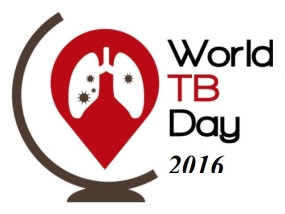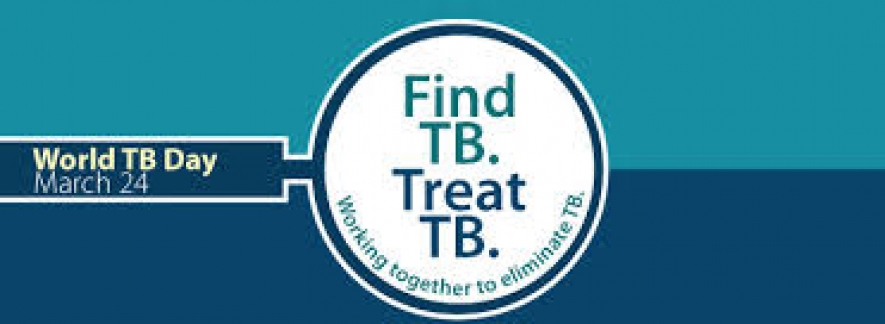Sri Lanka expects to reduce the number of TB patients to one per million by 2050. A total of 9,473 TB patients were detected from Sri Lanka last year and 24.7% of them are from the Colombo district, 11.3% from the Gampaha district and 7.1% from the Kandy district. Western Province recorded 42.7% of the total number of TB patients.
The government spends between Rs.525 to Rs.600 million annually for TB prevention and treatment.
TB is a disease which does not spread from the second week of commencement of treatment and it can be permanently cured with the six month treatment plan. Breaking the treatment plan can lead to antibiotic resistance.
Tuberculosis (MTB, TB) is an infectious disease usually caused by the bacterium Mycobacterium tuberculosis. Tuberculosis generally affects the lungs, but can also affect other parts of the body. Most infections do not have symptoms, known as latent tuberculosis. About 10% of latent infections progress to active disease which, if left untreated kills about half of those infected. The classic symptoms of active TB are a chronic cough with blood-containing sputum, fever, night sweats, and weight loss. The historical term "consumption" came about due to the weight loss. Infection of other organs can cause a wide range of symptoms.
Tuberculosis is spread through the air when people who have active TB in their lungs cough, spit, speak, or sneeze. People with latent TB do not spread the disease. Active infection occurs more often in people with HIV/AIDS and in those who smoke. Diagnosis of active TB is based on chest X-rays, as well as microscopic examination and culture of body fluids. Diagnosis of latent TB relies on the tuberculin skin test (TST) or blood tests.
Prevention of TB involves screening those at high risk, early detection and treatment of cases, and vaccination with the bacillus Calmette-Guérin vaccine. Those at high risk include household, workplace, and social contacts of people with active TB. Treatment requires the use of multiple antibiotics over a long period of time. Antibiotic resistance is a growing problem with increasing rates of multiple drug-resistant tuberculosis (MDR-TB).
One-third of the world's population is thought to be infected with TB. New infections occur in about 1% of the population each year. In 2014, there were 9.6 million cases of active TB which resulted in 1.5 million deaths. More than 95% of deaths occurred in developing countries. The number of new cases each year has decreased since 2000. About 80% of people in many Asian and African countries test positive while 5–10% of people in the United States population tests positive by the tuberculin test. Tuberculosis has been present in humans since ancient times.
-Sureshika Thilakarathne-




















